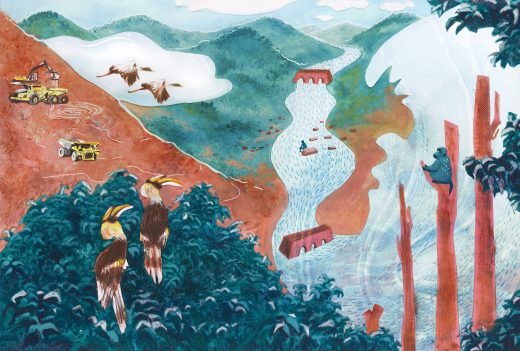featured story
all posts

India’s new National Wildlife Action Plan: lacking action and plan

Butterflies heat up the world of solar energy

It's time to take 'the case for colonialism' as seriously as it deserves

When dams loom large: missing the big picture
donate
Conservation is for everyone, and we help you understand it.
Donate
